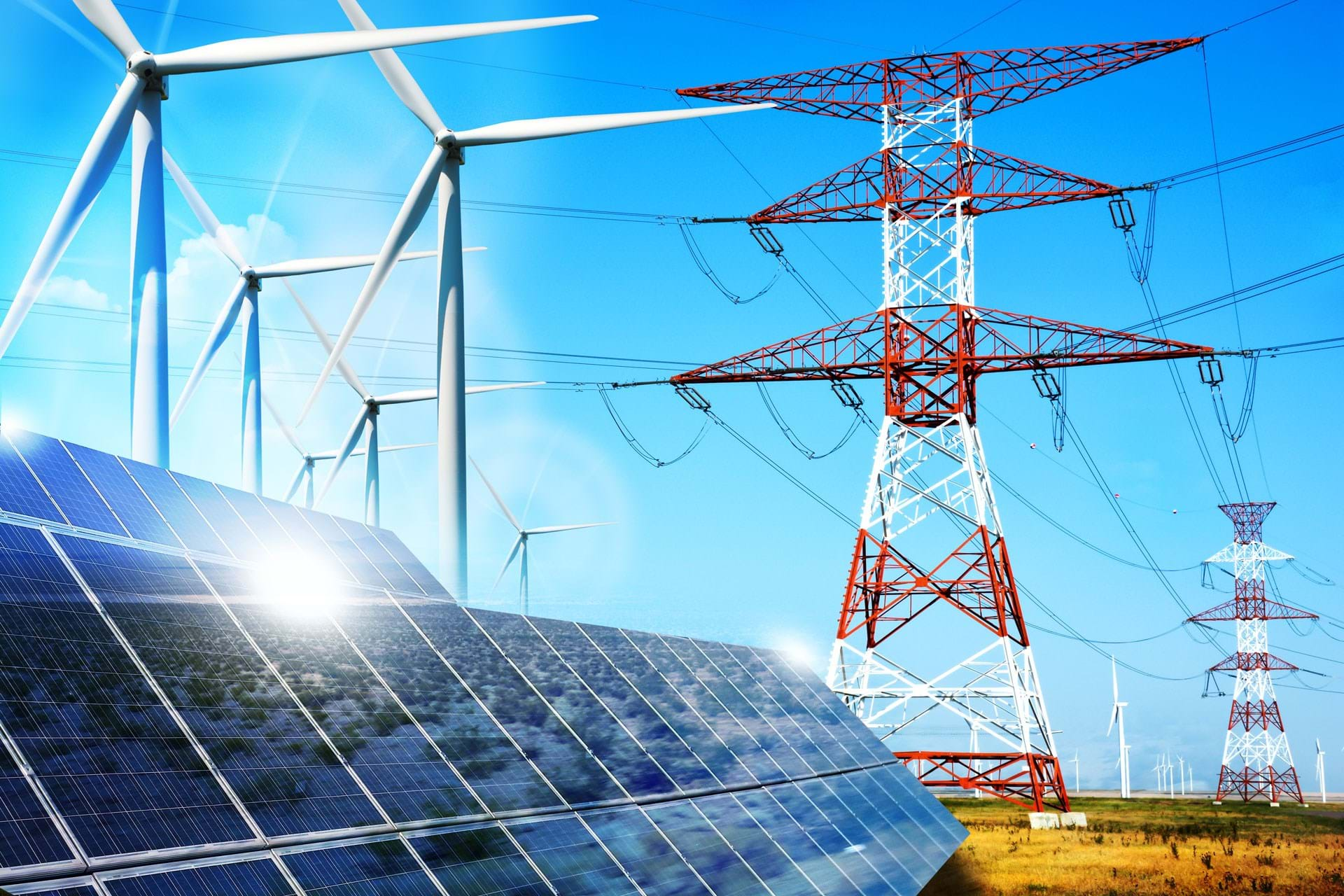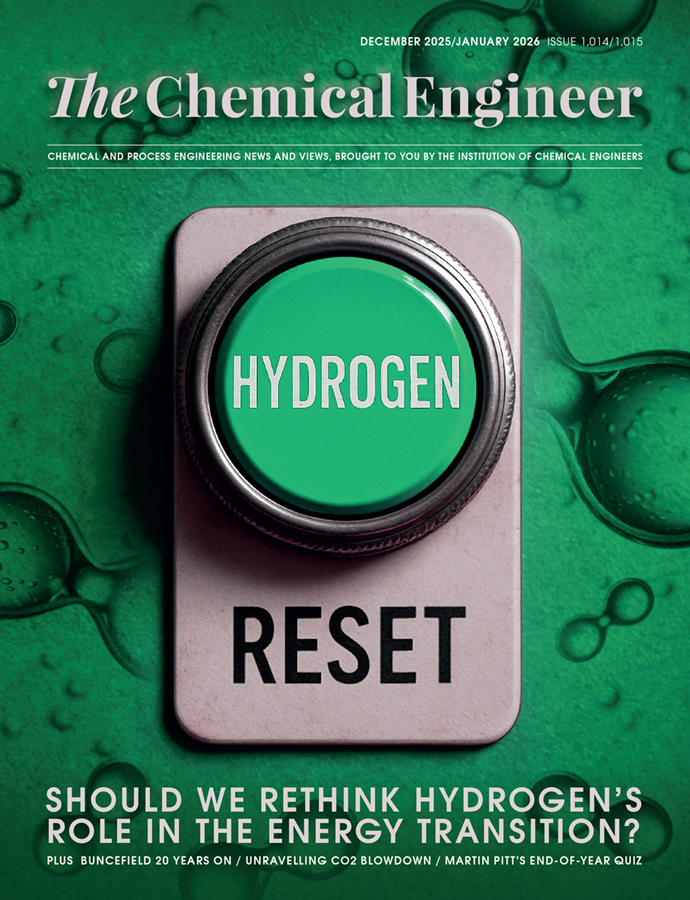Liquid air could be cheapest method for long-term energy storage, researchers predict

MODELLING by chemical engineers in the US and Norway suggests that liquid air energy storage (LAES) could be a more cost-effective option than existing techniques. Researchers at MIT and the Norwegian University of Science and Technology found it could be considerably cheaper than lithium-ion batteries and pumped hydropower.
LAES works by taking excess electricity from the grid to cool and liquify air which is then stored at ambient pressure. When additional electricity is required for the grid, the liquid air is heated and pressurised, causing it to expand as it turns back into a gas, driving an electricity generator.
Publishing their results this month in Energy, the researchers created a model that predicted the “levelised cost of storage” for LAES, a measure of cost per unit of electricity over the lifetime of the storage facility. Their model was based on energy price forecasts released by the US National Renewable Energy Laboratory, along with other factors such as typical LAES storage capacity.
The results varied depending on how much energy is predicted to be generated by renewables every year until 2050. They modelled eight scenarios across 18 US regions, from 100% decarbonisation by 2035 to 95% decarbonisation by 2050. The researchers found that LAES would cost about US$60 per MWh, around a third of the cost of lithium-ion battery storage and around half that of pumped hydropower storage.
Long-term energy storage will become vital as the world transitions to renewable energy sources, whose ability to supply electricity is more intermittent than that of fossil fuels.
However, the researchers also report that LAES is not yet economically viable for private investors, as their model found the “net present value” of the technology to be negative in most circumstances, meaning it would cost more for an operator to store excess electricity using LAES than they would earn when selling back to the grid.
The model also found that improvements to energy efficiency of LAES had no impact on economic viability. The researchers believe subsidies are the best way to make the technology viable.
Shaylin Cetegen, a PhD student at MIT’s Department of Chemical Engineering and lead author on the paper, said that this should not dishearten engineers interested in commercialising LAES. She said: “You could spend your whole life trying to optimise the efficiency of this process, and it wouldn’t translate to securing the investment needed to scale the technology.
“If storage is needed, then this is one way to encourage adoption of LAES right away.”
Clean storage
Cetegen highlighted the fact that “there are no contaminants involved” in LAES as a major advantage. “It takes in and releases only ambient air and electricity, so it’s as clean as the electricity that’s used to run it,” she said.
Another advantage is that it doesn’t require the vast space and assets that are needed for pumped hydropower storage, the setup for which includes two reservoirs at different heights, and a dam.
Catagen said: “While LAES systems may not be economically viable from an investment perspective today, that doesn’t mean they won’t be implemented in the future.
“With limited options for grid-scale storage expansion and the growing need for storage technologies to ensure energy security, if we can’t find economically viable alternatives, we’ll likely have to turn to least-cost solutions to meet storage needs.
“This is why the story of liquid air storage is far from over. We believe our findings justify the continued exploration of LAES as a key energy storage solution for the future.”
Recent Editions
Catch up on the latest news, views and jobs from The Chemical Engineer. Below are the four latest issues. View a wider selection of the archive from within the Magazine section of this site.




